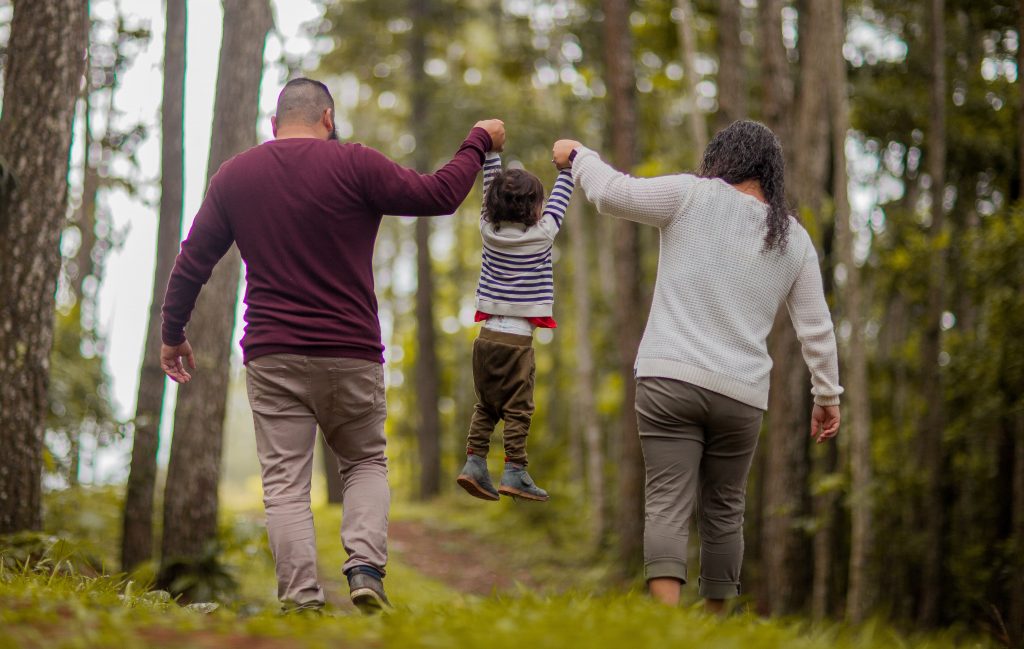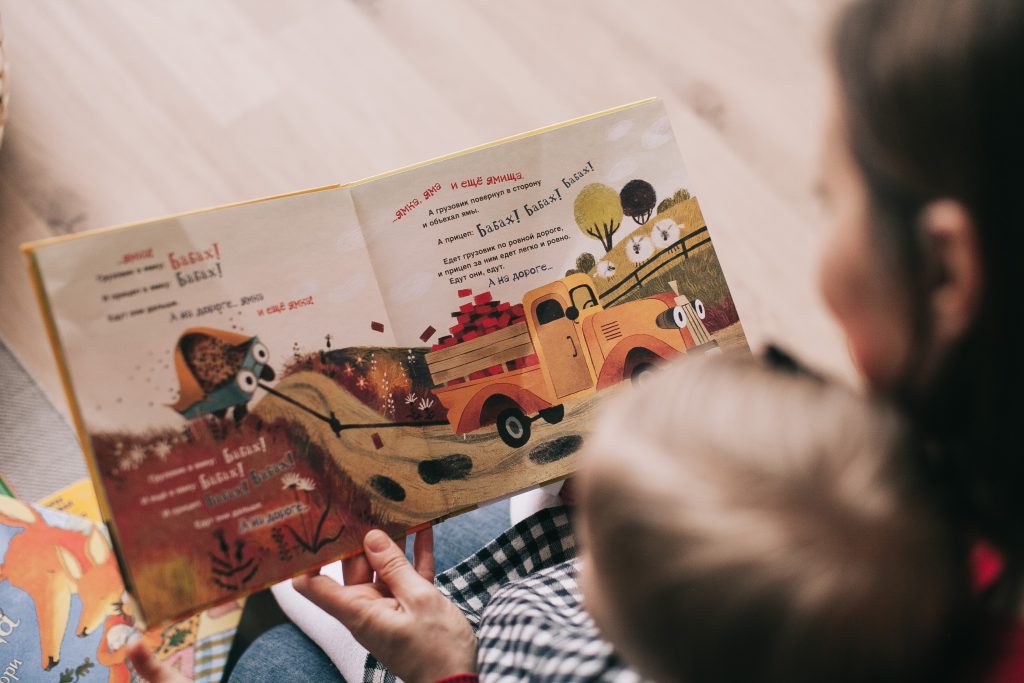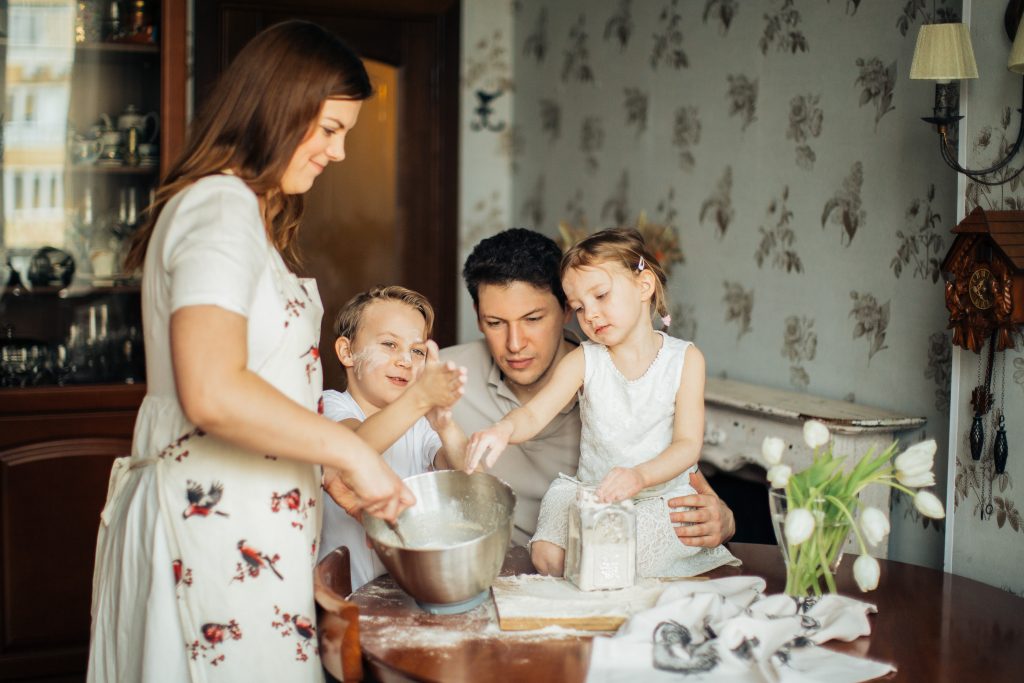Why learning to calm down on their own is key.
Rae Jacobson, Child Mind Institute.
 Fears are an inescapable part of being a kid: Hiding behind the couch during a thunderstorm. Being sure there’s something in the closet — a monster! Performing those endless nighttime gymnastics —Five more minutes! One more glass of water! — to avoid going to bed by themselves.
Fears are an inescapable part of being a kid: Hiding behind the couch during a thunderstorm. Being sure there’s something in the closet — a monster! Performing those endless nighttime gymnastics —Five more minutes! One more glass of water! — to avoid going to bed by themselves.
When these fears rear up, as parents our natural instinct is often to soothe and comfort. There’s nothing under the bed, I promise! But, realistically, parents can’t — and shouldn’t — always be there to help kids calm down. Teaching your child how to manage his fears without parental intervention will help him build the confidence and independence he’ll need to feel more in control, and less afraid, both now and as he grows up.
Self-regulation
So how do we help kids start feeling braver? The key is an invisible skill called self-regulation. Self-regulating is essentially the ability to process and manage our own emotions and behaviors in a healthy way.
It’s what gives us the ability to talk ourselves down or to feel things without acting on them. Most grown-ups practice self-regulation without a second thought. Think of feeling a moment of fear before reassuring yourself that there’s really nothing scary about a dark room. But for kids, building self-regulation takes time, practice and space to learn — which means parents have get comfortable with letting kids be a little uncomfortable as they figure things out. 
Don’t fear fears
“Being afraid sometimes is a normal, healthy part of growing up,” says Elianna Platt, a social worker at the Child Mind Institute.
And, while kids do unfortunately sometimes face things that are truly frightening, most garden-variety childhood fears don’t represent an actual threat — the “monster” in the closet is just an old coat you’ve been meaning to donate — which means they actually present an ideal chance for kids to work on their self-regulation skills. But for that to happen, parents often have to address their own anxiety first.
“We want to give kids the chance to practice getting through difficult situations,” says Platt, “but for a lot of parents, that’s easier said than done.” When you see your child in distress the natural response is to want to make it better, especially if the fix seems like an easy one. But, though jumping in might help your child be less afraid in the moment (and feel better to you), in the long run it can make it more difficult for her to learn how to calm herself down. “If kids get the message that Mom or Dad will always be there to do the comforting, there isn’t much incentive, or opportunity, to learn how to do it themselves,” notes Platt.
How to help
Of course this doesn’t mean withdrawing all support. “We’re not talking about suddenly putting your kid in his dark bedroom and saying “Bye! Be brave! See you in the morning!” says Dr. Rachel Busman, a clinical psychologist at the Child Mind Institute. The goal she says, is to gently guide kids along until they’re ready to take the reins themselves. “We want to provide the scaffolding they need to stand on their own.”
So what’s the best way to help (without helping too much)?
1. Help your child talk about what’s frightening him. 
Kids may know what they’re scared of, but they don’t always have the words to explain. Asking specific questions can help. For example if a child is afraid of dogs you could say, “What makes dogs scary?” “Did a dog surprise you or knock you over?” “Is there a certain dog you’re afraid of?” Once you have a better grasp on what your child is afraid of you’ll have a clearer idea of how to help her work through it.
Some common childhood fears are:
Being alone, The dark, Dogs or other big animals, Bugs, Heights, Getting shots or going to the doctor, Unfamiliar or loud noises, Imaginary monsters — the “thing” under the bed, etc.
 2. Validate, then move on.
2. Validate, then move on.
Once you know what the fear is, let your child know you’re taking it, and him, seriously.
“When a kid says something’s scary, there’s a pretty good chance that we as adults don’t think it’s scary,” says Dr. Busman.
“But we always want to start by validating their feelings.”
For example, instead of “Oh come on, that wasn’t scary!” or “What is there to be afraid of?” try, “Wow, that does sound scary!” or, “I know a lot of kids worry about that.”
Once you’ve offered reassurance it’s important to move on quickly, says Dr. Busman. ”We don’t want to dwell on offering comfort around the scary thing, because even that can become reinforcing and take on a life of its own.” Instead, start talking about how you’ll work together to help him start feeling braver and get to the point where he’s able to manage the fear by himself.
3. Make a plan.
Work with your child to set reasonable goals. For example, if she usually needs you to sit in the room with her until she falls asleep, you could agree that by the end of the week she’ll try turning off the light and falling asleep on her own. Once you’ve set the goal, talk through the steps you’ll take to reach it, and be patient.
For example, a plan might be:
-
-
Night one: Agree that you’ll read two books, turn off the lights, put on a nightlight and then sit there quietly with her (no talking or playing) until she falls asleep.
-
Night two: Read one book, then turn the lights off and nightlight on. You’ll leave the door cracked and be right outside, but not in the room.
-
Night three: Read one book, then nightlight on and door closed.
-
Night four: Read one book, then lights out and door closed.
-
4. Offer encouragement, and be patient.
Finally, parents should remember that change takes time, and fear is a very powerful feeling. Stay consistent and praise your child’s hard work: “I thought it was really brave of you to stay in your room for half an hour. Let’s see if we can go longer tomorrow!”
Let your child know you think he can tackle his fears, even if he isn’t so sure yet.
“Saying things like, “You’ve got this!” or, “You’re being so brave!” can help your child feel more confident,” says Dr. Busman.
Kids, especially younger ones, may need a few tries before things stick, so don’t give up if your child is still asking for that third glass of water or hiding from dogs on the street even after you’ve started working on building bravery.
Information provided by https://childmind.org/article/help-children-manage-fears/
